All types of plaster
Plaster
Casts are supportive devices used to help keep an injured bone in place while it heals. Splints, sometimes called half casts, are a less supportive, less restrictive version of a cast.
Casts and splints may be used to help treat broken bones and injured joints and tendons, or after surgery involving bones, joints, or tendons. The purpose of a cast or splint is to immobilize a bone or joint while it heals from injury. This helps to restrict movement and protect the area from further injury.
Doctors sometimes use casts and splints together. For example, they might stabilize a fracture with a splint first and replace it with a full case after the initial swelling goes down. Other fractures might need just a cast or just a splint.
Read on to learn more about the different types of casts and splints, including the pros and cons of each.
Knee Replacement Surgery benefits the following conditions also:
- Osteoarthritis: the condition when the cushion between the knee and bone joints break down
- Rheumatoid Arthritis: the condition when the body’s immune system attacks and destroys the lining of the knee.
- Anterior Cruciate Ligament (ACL): ACL sprain or tear is the most common knee injury, which causes the knee to become unstable and the joint to slide forward too much.
Types of casts
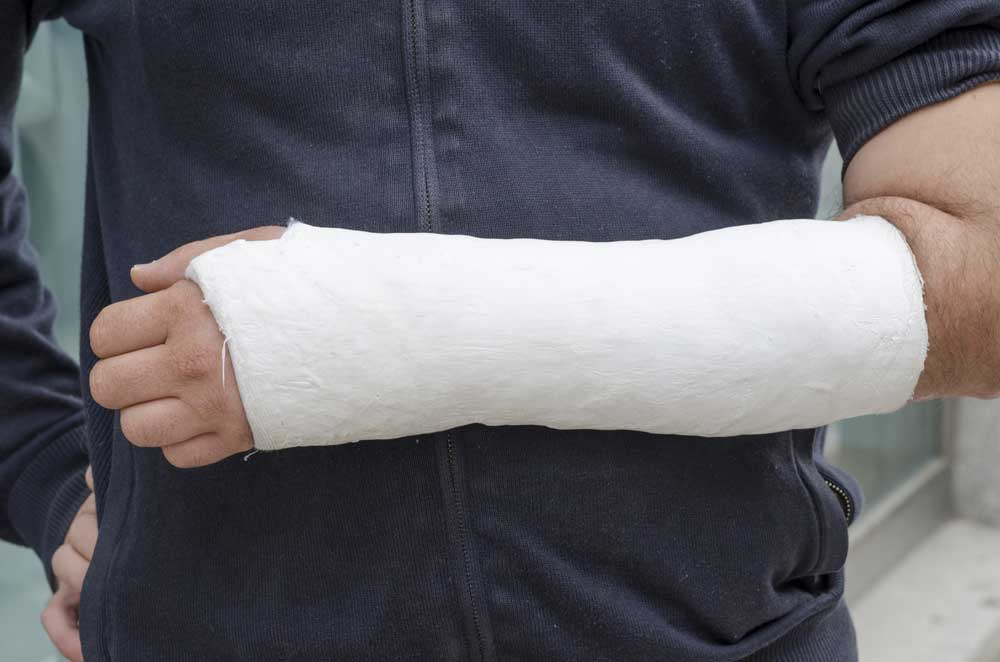
Plaster cast
This is made from gauze and plaster strips soaked in water. These are wrapped around the injured body part over a stockinette and cotton padding. As they dry, the strips harden. The cast takes 24 to 48 hours to harden fully.
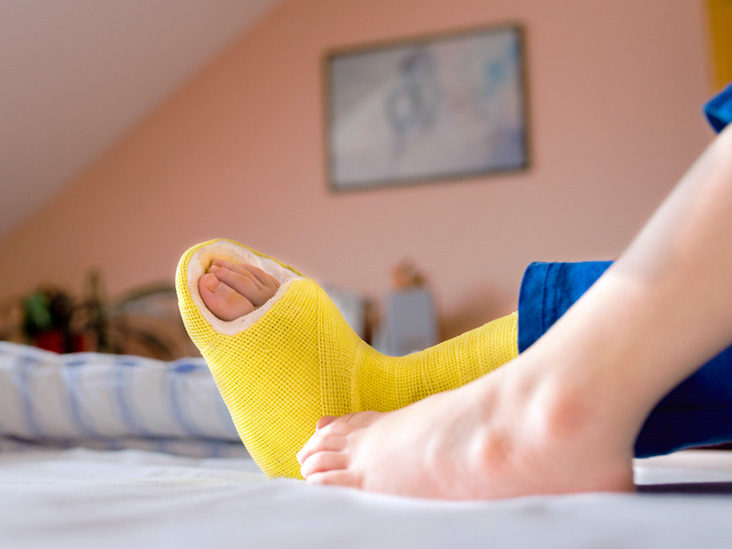
Synthetic cast
This is made from fiberglass or plastic strips. These are wrapped around the injury over a stockinette and cotton padding. Synthetic casts can be different colors. A synthetic cast is lighter than plaster. It dries in a few minutes, but may take a few hours to harden fully. Synthetic stockinettes and padding are also available. These can get wet for bathing or swimming.
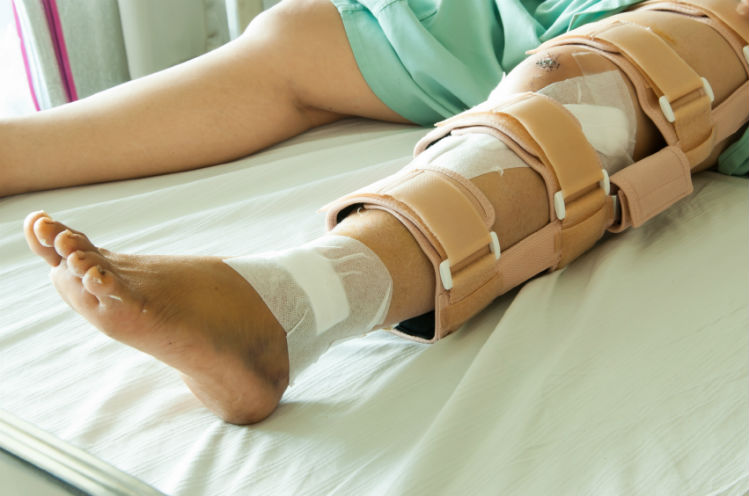
Cast brace
This is made of hard plastic. Soft pads inside the brace push against (compress) the injury. The brace is held in place with Velcro strips and can be removed. A cast brace may be used right after the injury occurs. Or, it may be used toward the end of healing, after another cast has been removed.
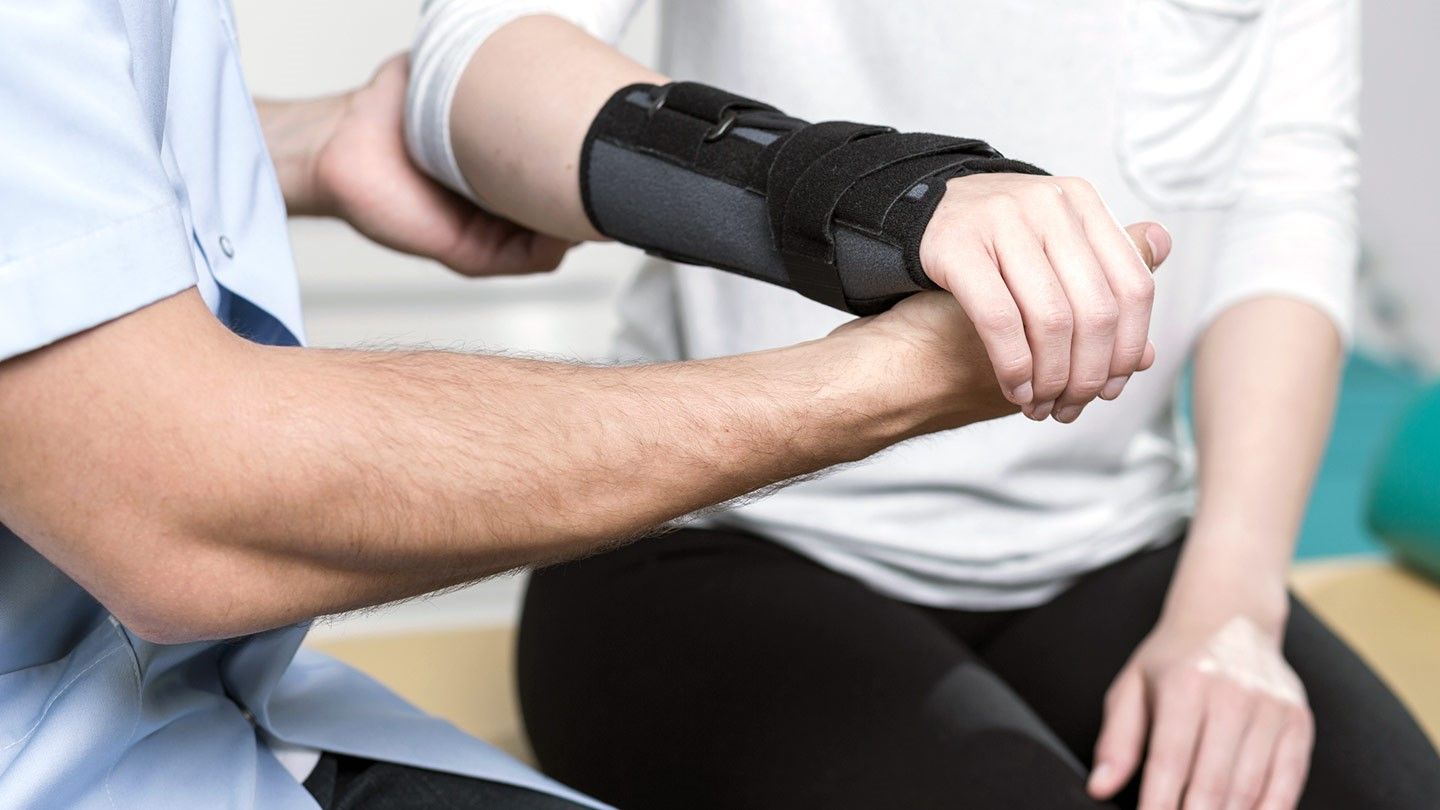
Splint (also called a half cast)
This is made from slabs of plaster or fiberglass that hold the injury still. A bandage is wrapped around the injury to hold the plaster slabs in place. Splints are often used when swelling is present, or you have a risk of swelling. In most cases, the splint is eventually replaced with another type of cast.
Cast aids
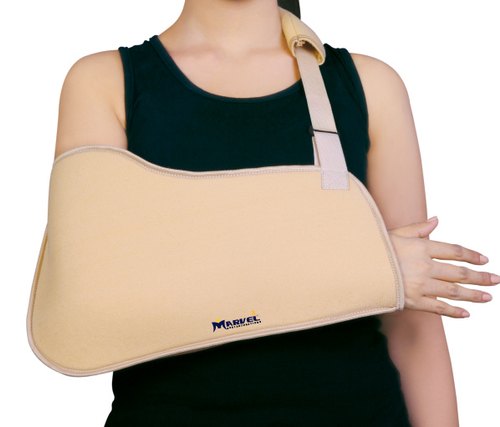
Sling
This keeps your injured arm still and helps carry your cast.

Cane
This helps you balance and put less weight on an injured leg.
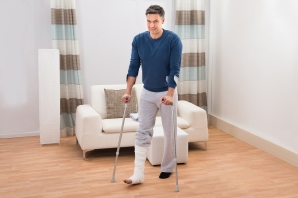
Walking cast
This is a cast you can walk on. You may wear a cast shoe over your cast to keep it clean and protected.
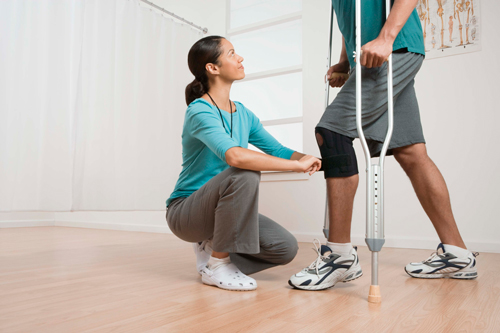
Walker
This helps you balance and keep weight off an injured leg. Some walkers have wheels and can be pushed as you walk. Others are lifted and placed down as you step.
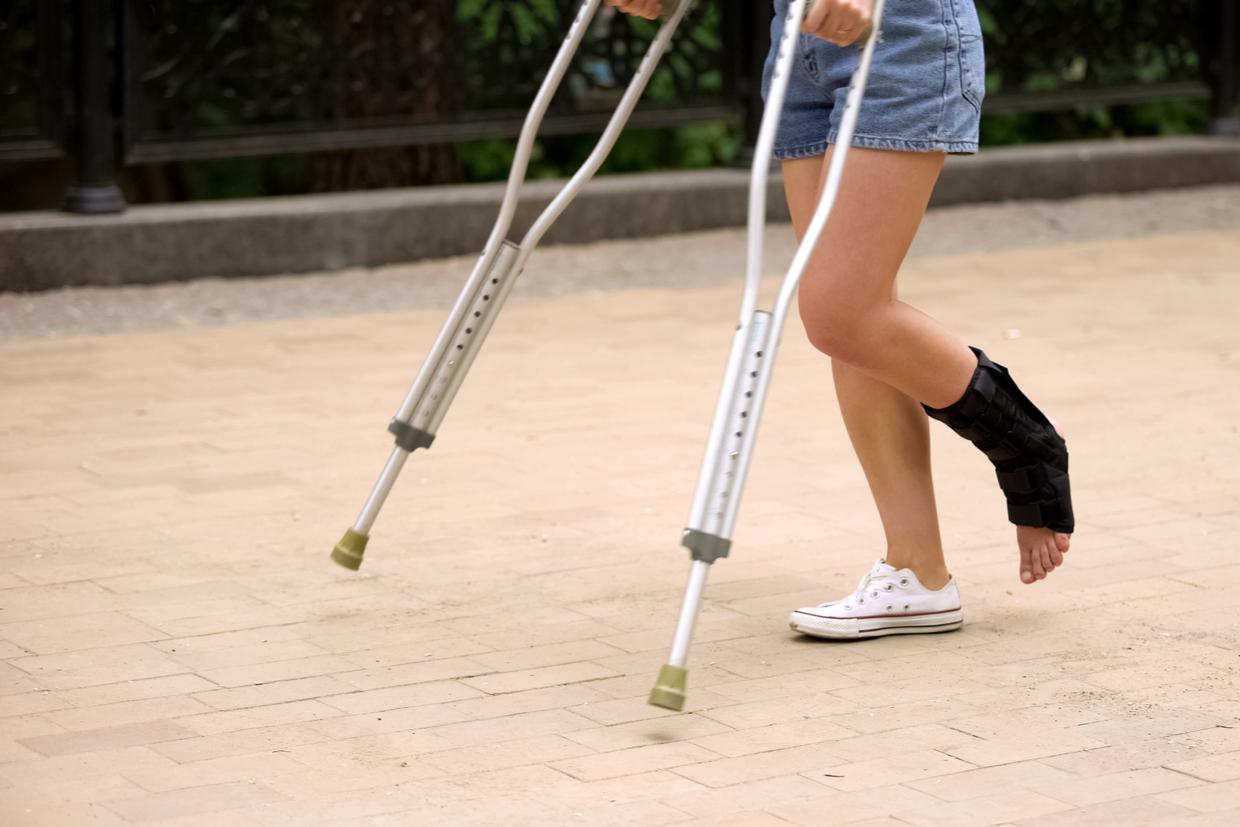
Crutches
These help you balance and keep weight off an injured leg. When using crutches, be sure they are sized correctly. Remember to support yourself with your hands and upper arms. Don’t rest crutches in your armpits. (Doing so could damage the nerves leading to your arms and hands.)

